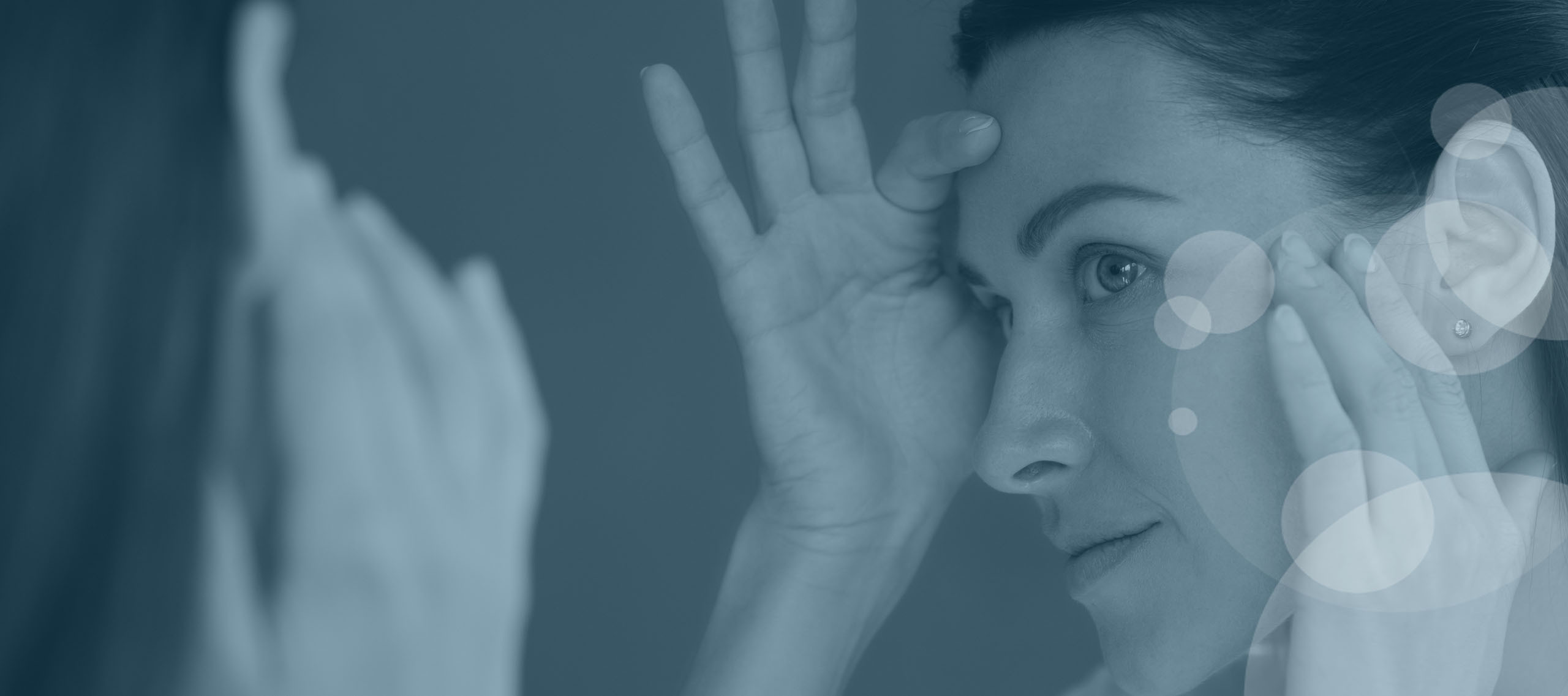The cosmetic form of botulinum toxin, often referred to by its product name Botox®, is the most popular non-surgical cosmetic product. Delivered by injection it temporarily reduces or eliminates frown lines, forehead creases, crows feet near the eyes and thick bands in the neck. The toxin blocks the nerve impulses, temporarily paralysing the muscles that cause wrinkles, giving the skin a smoother, more refreshed appearance.
It can also help to correct facial symmetry and reshape features without surgery in the forehead, around the eyes and mouth and in the neck. For example, Botox can help to raise an eyebrow or prevent your mouth turning down at the corners by paralysing the muscles that drag features down.
The injections are usually painless, and unless you get a bruise, invisible. The Botox starts to work after the first few days and reaches maximum effect by 2 weeks. For most people Botox lasts for 3 to 4 months. As it wears off you will start to be able to frown more deeply again. By 6 months the Botox will have fully worn off. 98% choose to repeat the treatment.
It is often used in conjunction with an eyelid lift (blepharoplasty) or fillers.
Before it was adopted for aesthetic procedures, Botox had been used for many years to treat tics and other medical disorders. As well as using Botox in cosmetic procedures, Mr Kamalarajah administers Botox in his minor ops sessions at the Royal Victoria Hospital, where he treats patients with:
- Involuntary blinking of the eye (blepharospasm), repetitive twitching of the muscles on one side of the face (hemifacial spasm) and related facial spasms (facial dystonias).
- Aberrant facial nerve regeneration.
- Corneal exposure (therapeutic ptosis).







